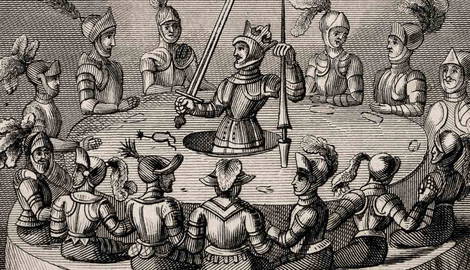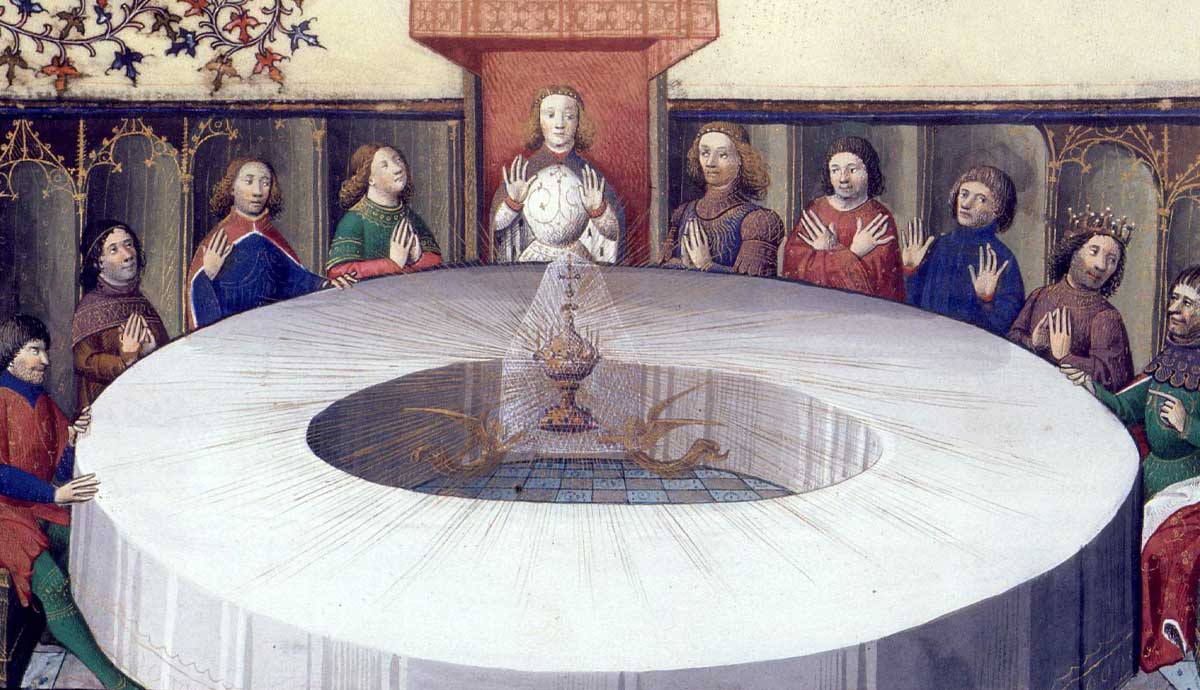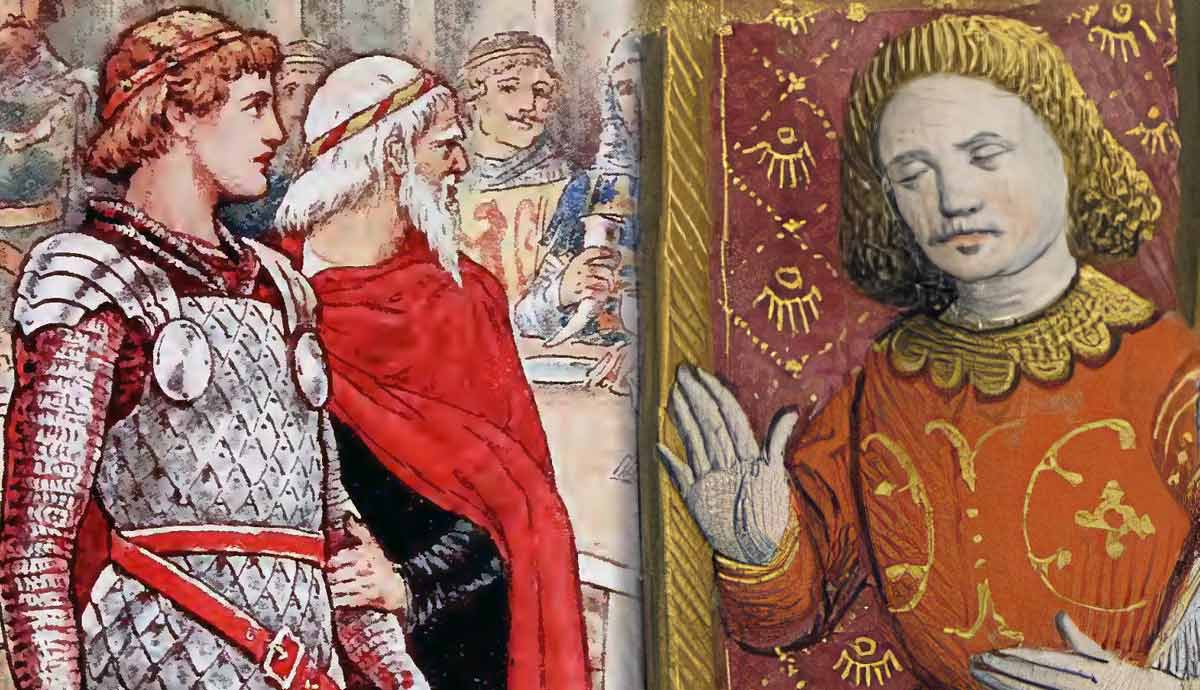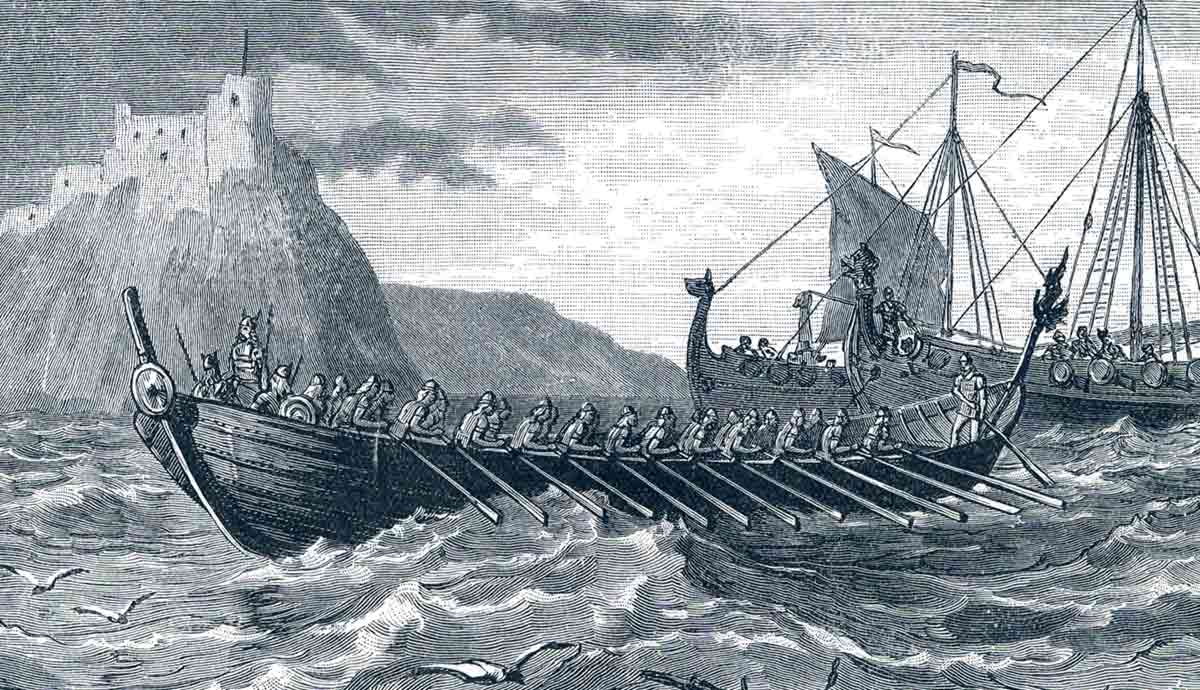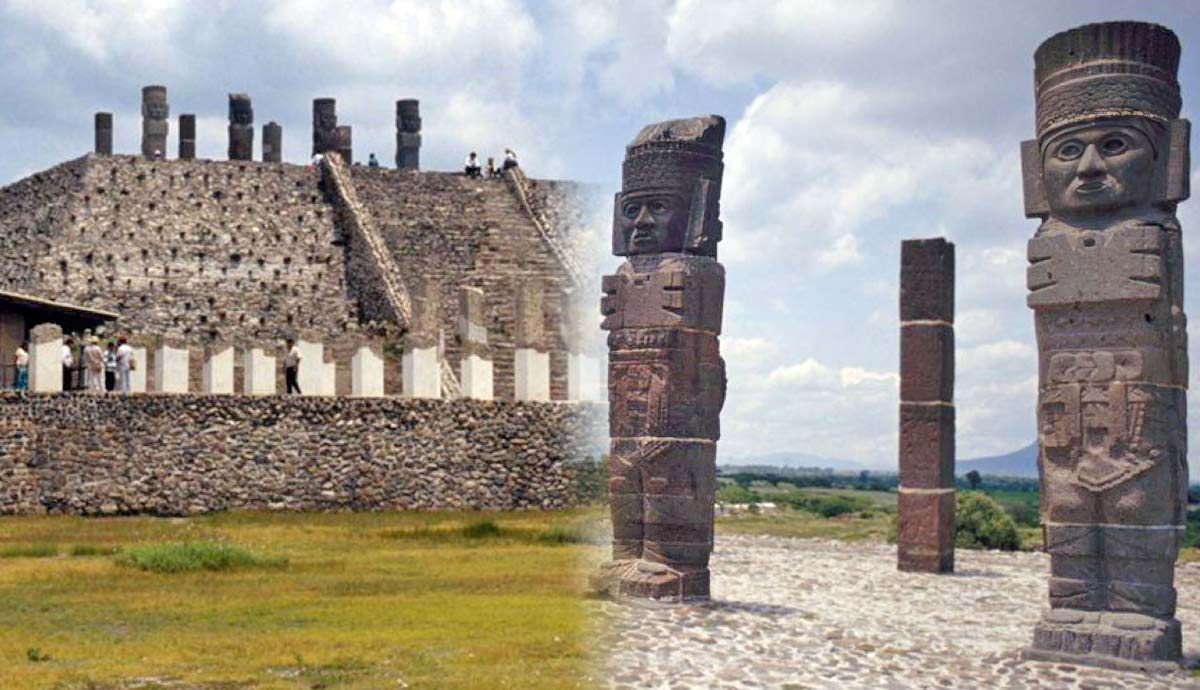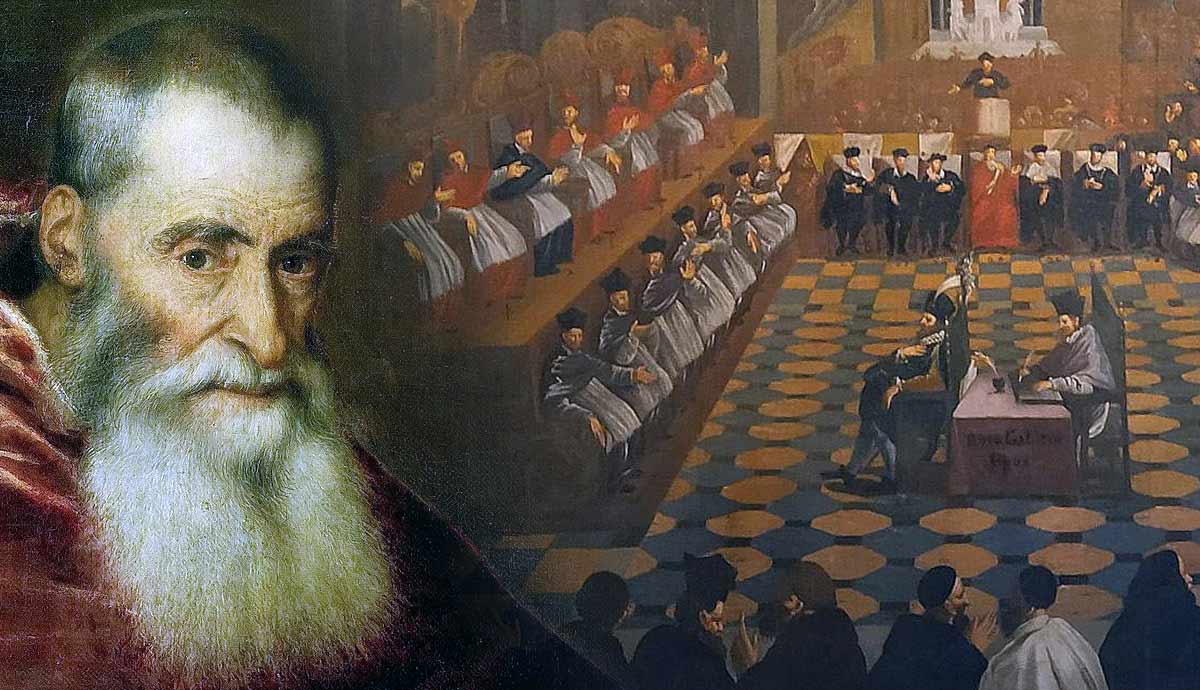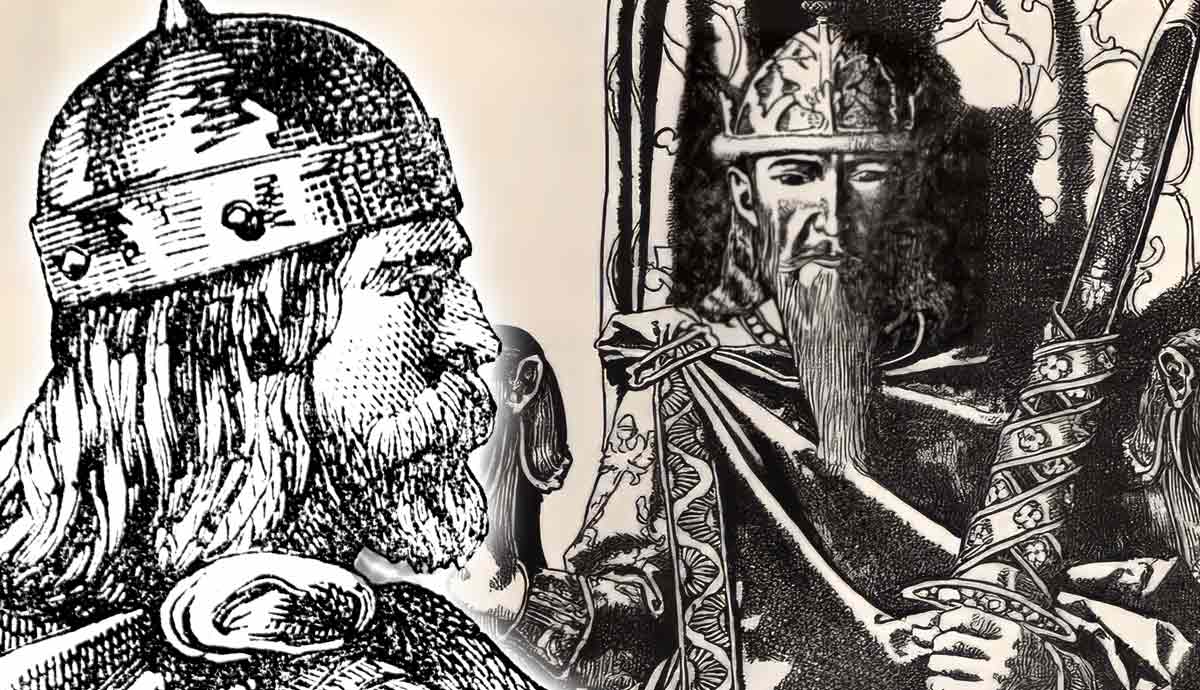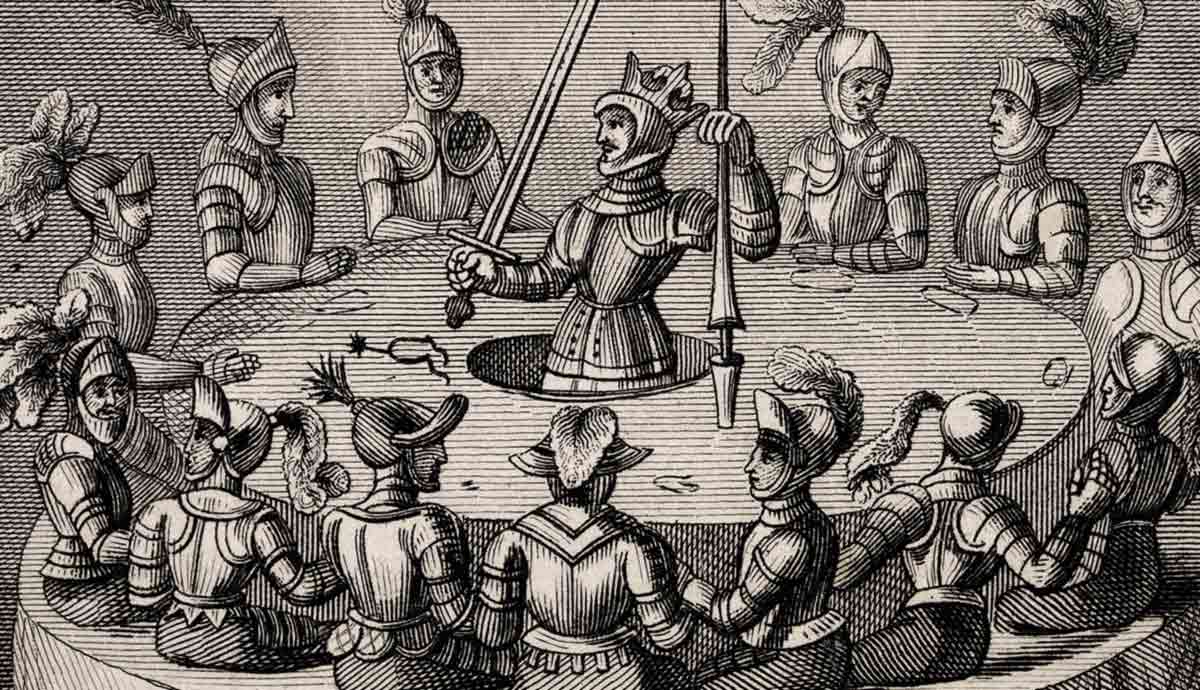
One of the key aspects of the Arthurian legends is that King Arthur was accompanied by a large alliance of knights known as the Knights of the Round Table. The Round Table itself was a large circular table at which Arthur and his allies sat, reportedly at Camelot. Many aspects of the Arthurian legends have definite historical origins, like the famous Battle of Badon or Sir Urien, one of Arthur’s knights. Is there any identifiable origin for the legend of the Round Table?
The Legend of King Arthur’s Round Table

What do the earliest medieval sources say about the Round Table? The first mention of this marvelous table was in the writings of Robert Wace, a Norman poet of the 12th century. He wrote shortly after Geoffrey of Monmouth’s Historia Regum Britanniae caused the Arthurian legend to massively grow in fame outside of Britain.
In 1155, Wace wrote a text entitled Roman de Brut. This was heavily based on Geoffrey’s account, with Wace generally adding only minor details. One of Wace’s main contributions to the legend was the inclusion of the Round Table to King Arthur’s legendary court. According to his Roman de Brut, this was constructed because Arthur’s allies argued about who was the greatest. Therefore, by using a circular table, no position would be more prominent than any other. Interestingly, Wace claimed that the tradition of Arthur’s Round Table actually came from the Bretons. This is plausible since native Arthurian legends were popular among the Bretons.
The Grand Alliance

It is important to establish some background to this legend. While the Round Table itself first appears in the literary record no earlier than 1155, the concept of Arthur having many allies at his royal court goes back much further. We see this, for example, in the text that Wace was primarily used as the basis of his work, the Historia Regum Britanniae. In that account, Geoffrey presents Arthur as having dozens of allies attend his court.
In the slightly earlier Culhwch and Olwen, a Welsh tale, one of the characters lists over 200 allies of Arthur. The basic idea that Arthur led a group of many allies can actually be found as far back as the earliest summary of his career. This is the Historia Brittonum, written in c. 830. This account presents Arthur as a war leader who led “the kings of the Britons” into battle against the Anglo-Saxons.
This indicates that the basic concept of Arthur leading a large band of men, who were rulers rather than merely soldiers, is a very early one. It was not the invention of later French writers.
The Issue of the Round Table’s Historicity

Of course, the early tradition that Arthur led a large group of kingly allies during his career does not necessarily mean that the Round Table has a historical basis. After all, even that early tradition about Arthur from the Historia Brittonum is not universally accepted as historical by scholars. Nevertheless, if Arthur did lead a large group of allies, then it is reasonable to suggest that they occasionally met with him at his royal court. The evidence from John Koch’s revised dating of the Welsh Arthurian poem Preiddeu Annwn shows that Arthur was indeed held to have been a king even before the Historia Brittonum.
If Arthur had a large group of allies who met with him at one of his royal courts, then where did they meet? Might there have been something large and circular about their meeting place that inspired the tradition of the Round Table? The answer simply is that we cannot say for sure. However, that does not mean that there are no clues to ponder.
What an Analysis of Wace’s Brut Reveals

If we reason on the available evidence, what conclusion might we come to? Remember, Wace claims that the tradition of the Round Table existed among the Bretons, who are known to have had many native Arthurian traditions. The Bretons lived in the northwest corner of France. They had a close connection to the Britons of Cornwall and also southeast Wales. This ties into the fact that many of the earliest Arthurian traditions associate him with those two regions. In particular, Geoffrey of Monmouth placed Arthur’s royal court at Caerleon in southeast Wales.
This does not mean that this was supposed to have been Arthur’s only court. In reality, the courts of medieval kings were peripatetic, meaning that they traveled from one place to another. Geoffrey himself shows Arthur as holding court in more than one location, as do the Welsh Triads. However, Geoffrey’s description of Arthur holding court at Caerleon is absolutely vital to the question of the Round Table’s historical inspiration.

As mentioned already, Wace’s account is based directly on Geoffrey of Monmouth’s account. This is a very important piece of information. We can look at Wace’s narrative and see where the Round Table actually appears and compare that to Geoffrey’s account. When we do this, we see that the Round Table appears in Wace’s version of Geoffrey’s account of Arthur holding court at Caerleon. This was a Roman town in southeast Wales whose ruins are still visible today.
In other words, Wace reveals that the Round Table was supposed to have been at Caerleon specifically. This is consistent with the fact that it was a tradition that was known to Wace, who lived in Normandy. Since he lived in that region of France, it is perfectly realistic for a tradition about something in southeast Wales to have reached Wace’s ears. What does this tell us about the potential origin of the tradition of the Round Table? Might there be something in Caerleon that could have been the historical inspiration for it?
The Amphitheater of Caerleon

Among the ruins of the Roman town of Caerleon are the prominent remains of a large amphitheater. This amphitheater was slightly oval, about 184 meters long and 136 meters wide. It is so prominent that it is undoubtedly the most instantly recognizable part of the site when searching for images online.
Many scholars have suggested that this amphitheater was the historical inspiration for the tradition of the Round Table. It was a large, prominent, round meeting place. It would have easily lent itself to being the chosen location for Arthur and a large group of allies to meet. In fact, Geoffrey’s account of Arthur’s royal court at Caerleon describes the event as a festival and mentions a large banquet. Where else would you hold a festival with a great banquet than the large open space that was specifically built for such grand events? Since Wace’s reference to the Round Table is set in that same account, it would be logical to conclude that he was referring to the amphitheater.

Interestingly, this is not just a modern theory. In fact, it dates back many centuries. In 1789, the antiquarian Richard Gough recorded that the inhabitants of Wales called the amphitheater of Caerleon “King Arthur’s Round Table.” Even before this, in 1587, Thomas Churchyard wrote a poem in which he described Caerleon. He stated that it was here that King Arthur had his Round Table, and he then mentions that a “plot of goodly ground sets forth that rare estate.” Evidently, the open space within the amphitheater is the “plot of goodly ground” referred to here. Even further back than that, the Chronicles of Enguerrand and Monstrelet of 1405 refers to Caerleon as “Round Table.”
The idea that this amphitheater was the historical inspiration behind the tradition of the Round Table is supported by another detail. Wace states that the Round Table was for Arthur’s many allies who had come to his court at Caerleon. Geoffrey explicitly places dozens of Arthur’s named allies at that event, along with many other unnamed allies. Some accounts from a few decades after Wace specify that the Round Table could hold hundreds of allies. Layamon, in c. 1200, even stated that it could hold 1,600 people!
Was the Amphitheater at Caerleon the Historical Inspiration for the Round Table?

In conclusion, it seems very likely that the tradition of the Round Table ultimately comes from the amphitheater at Caerleon. Wace based his account of Arthur directly on Geoffrey of Monmouth’s account in the Historia Regum Britanniae. His mention of the Round Table appears when Arthur holds a great festival at Caerleon, southeast Wales. Therefore, it is only logical that the Round Table would have something to do with Caerleon. Given the close connections between the Bretons of Brittany and southeast Wales, it is entirely plausible for Wace to have heard of a tradition about that location. This is also consistent with the fact that Wace refers to the Round Table in the context of Arthur accommodating many dozens of allies. This suggests that it was not to be understood as a normal table.
It should also be noted that this does not necessarily mean that Arthur himself really existed. Historians continue to debate that issue. Nevertheless, the Arthurian legends generally involve real locations, and it appears that the Round Table was one of them.
